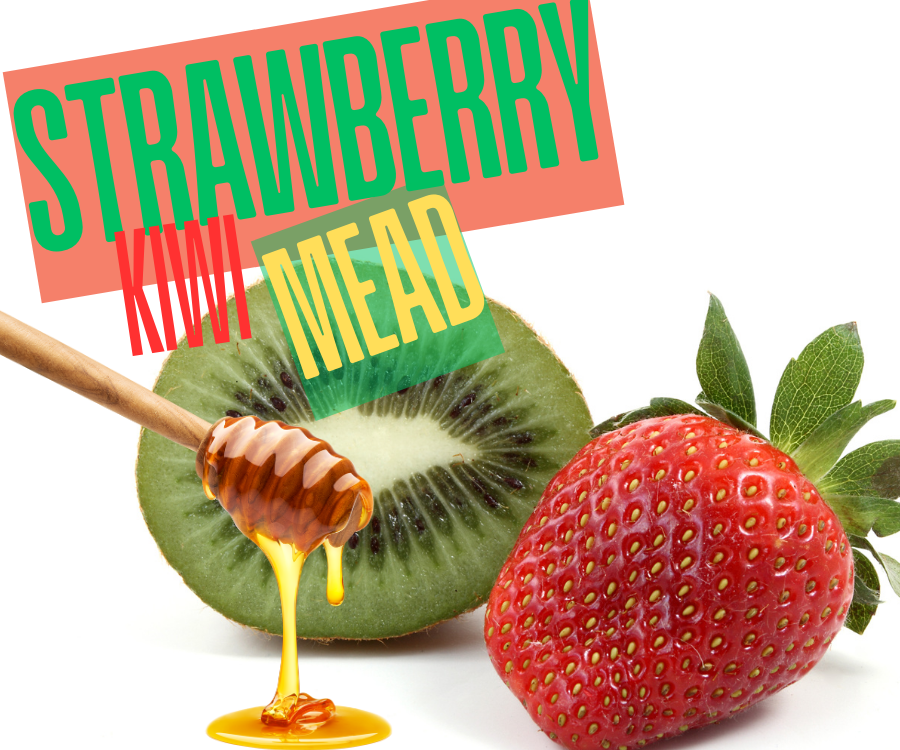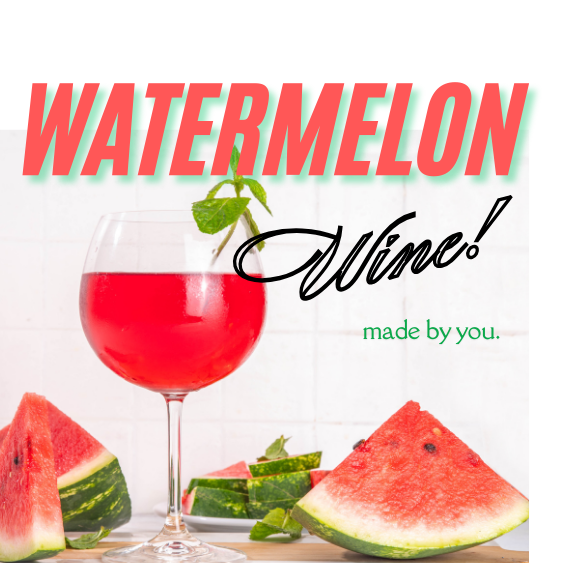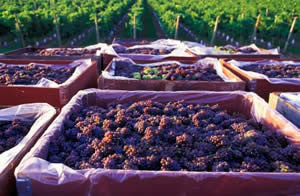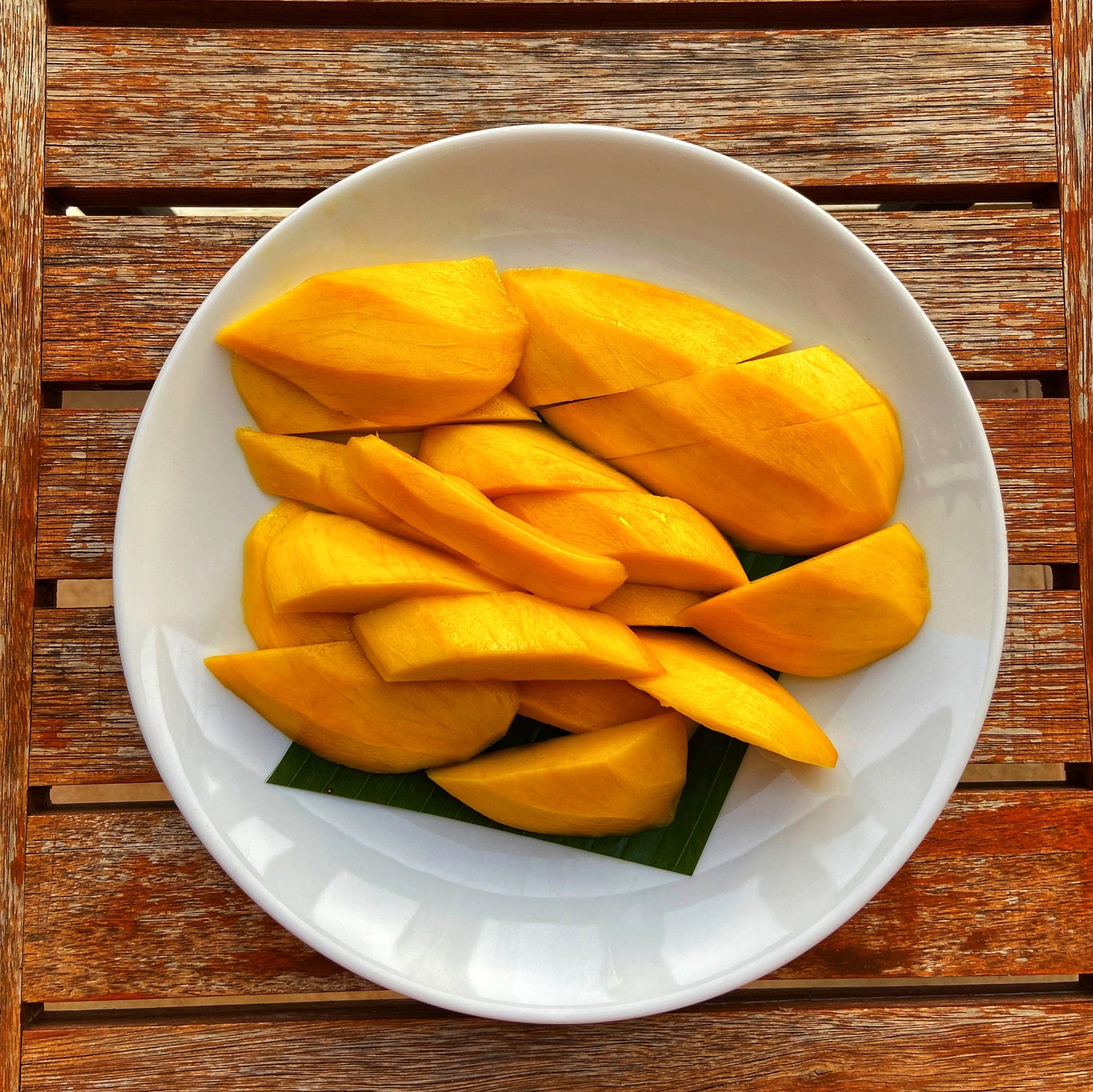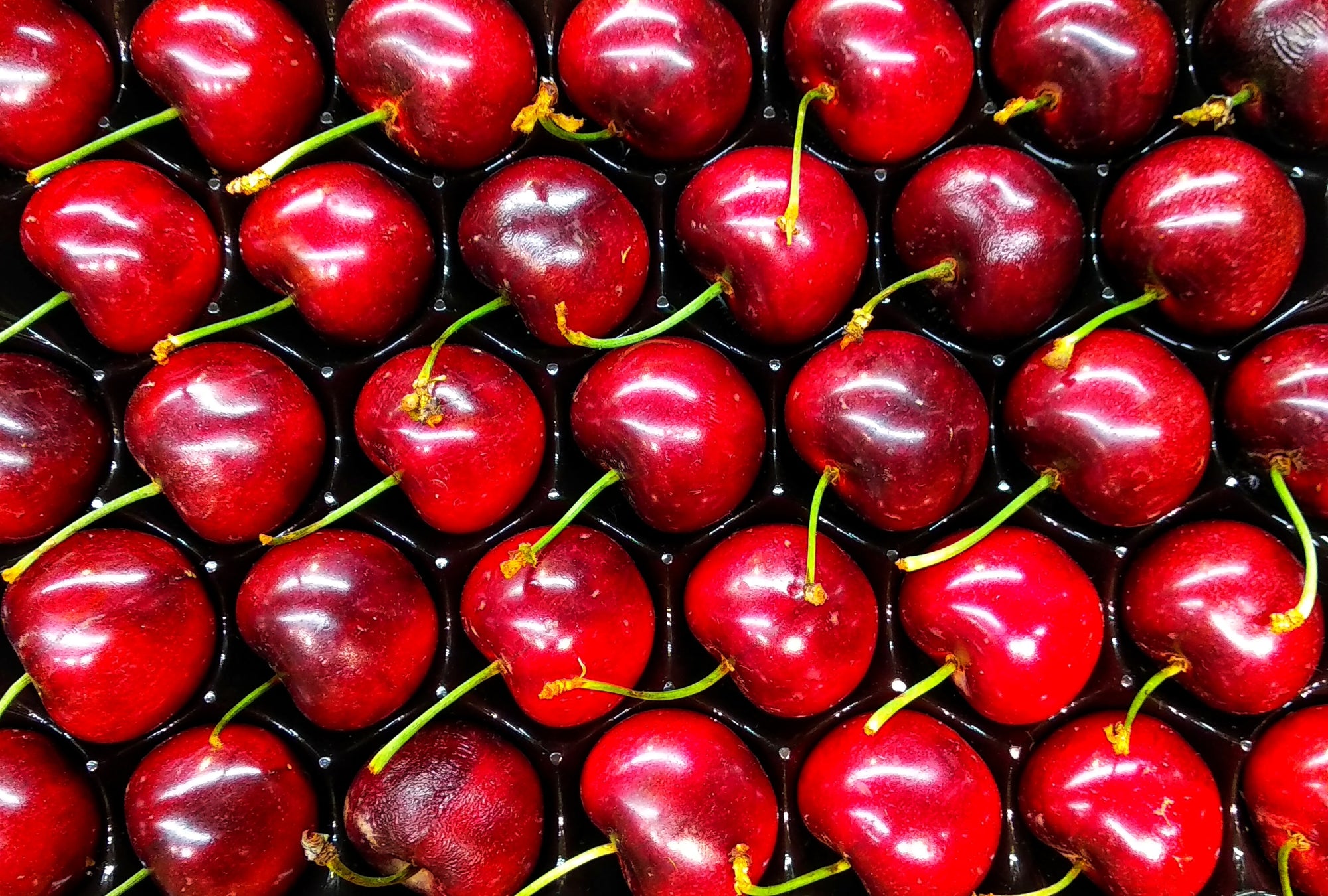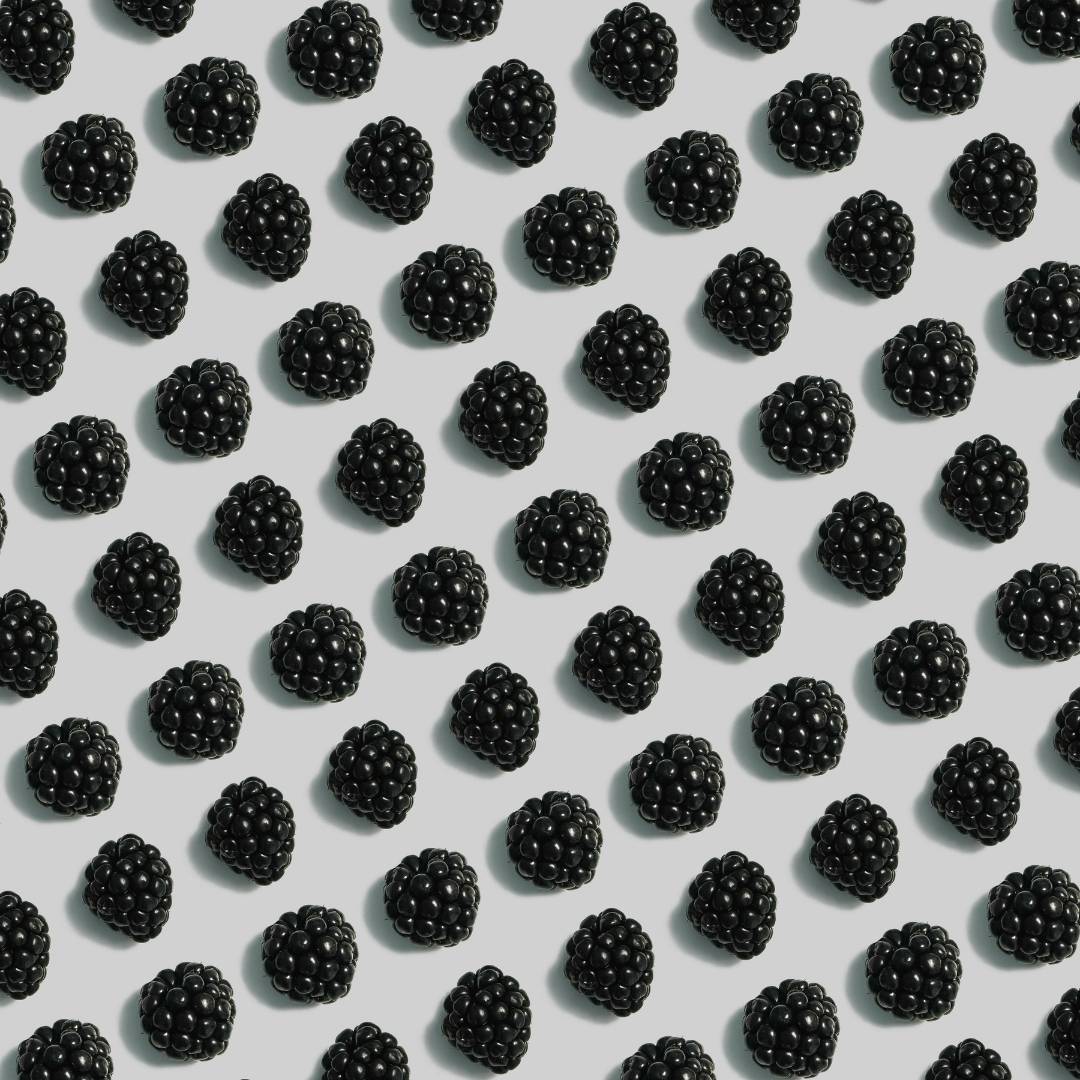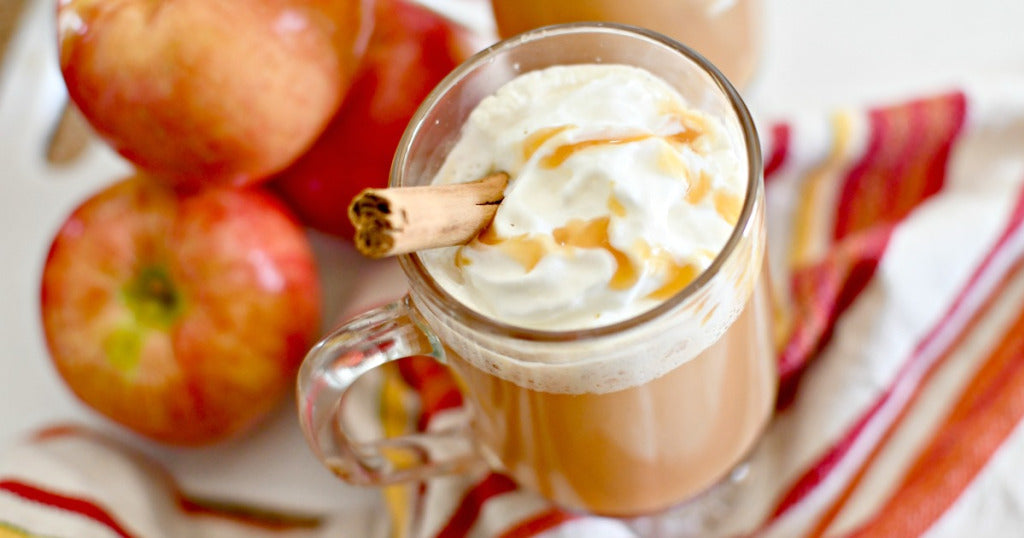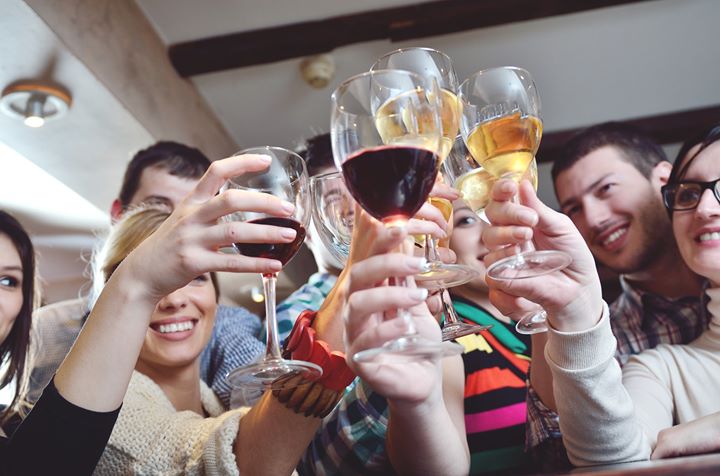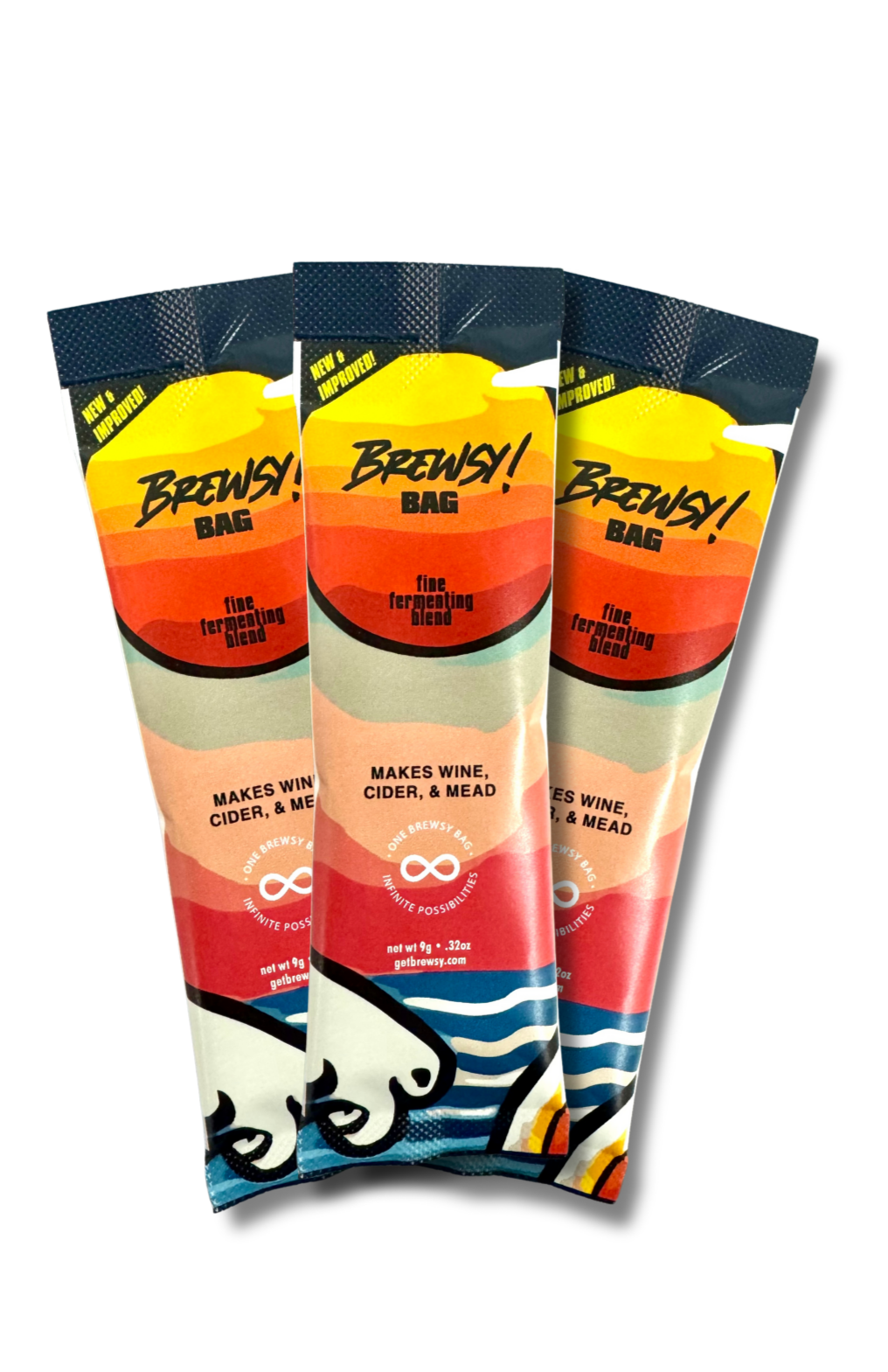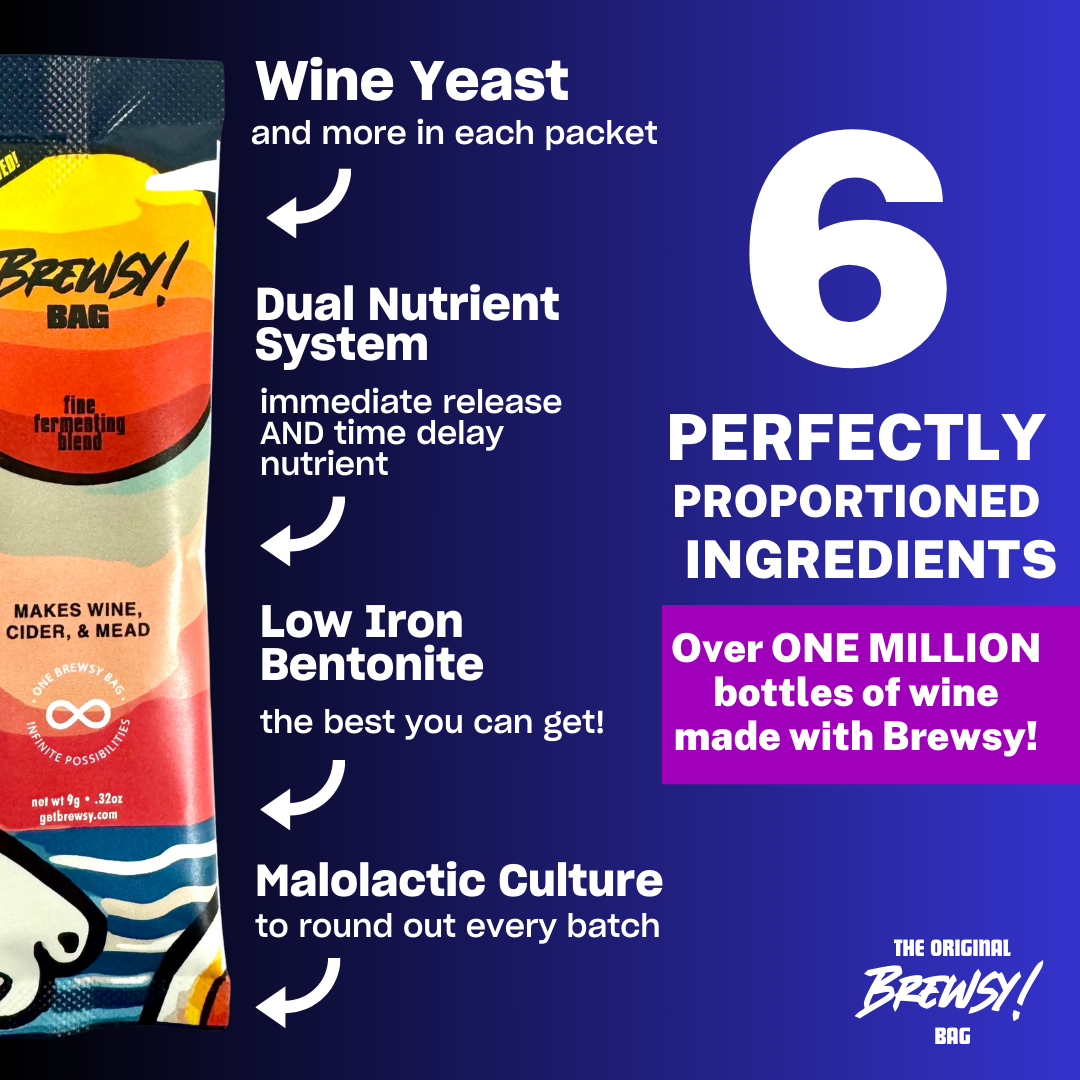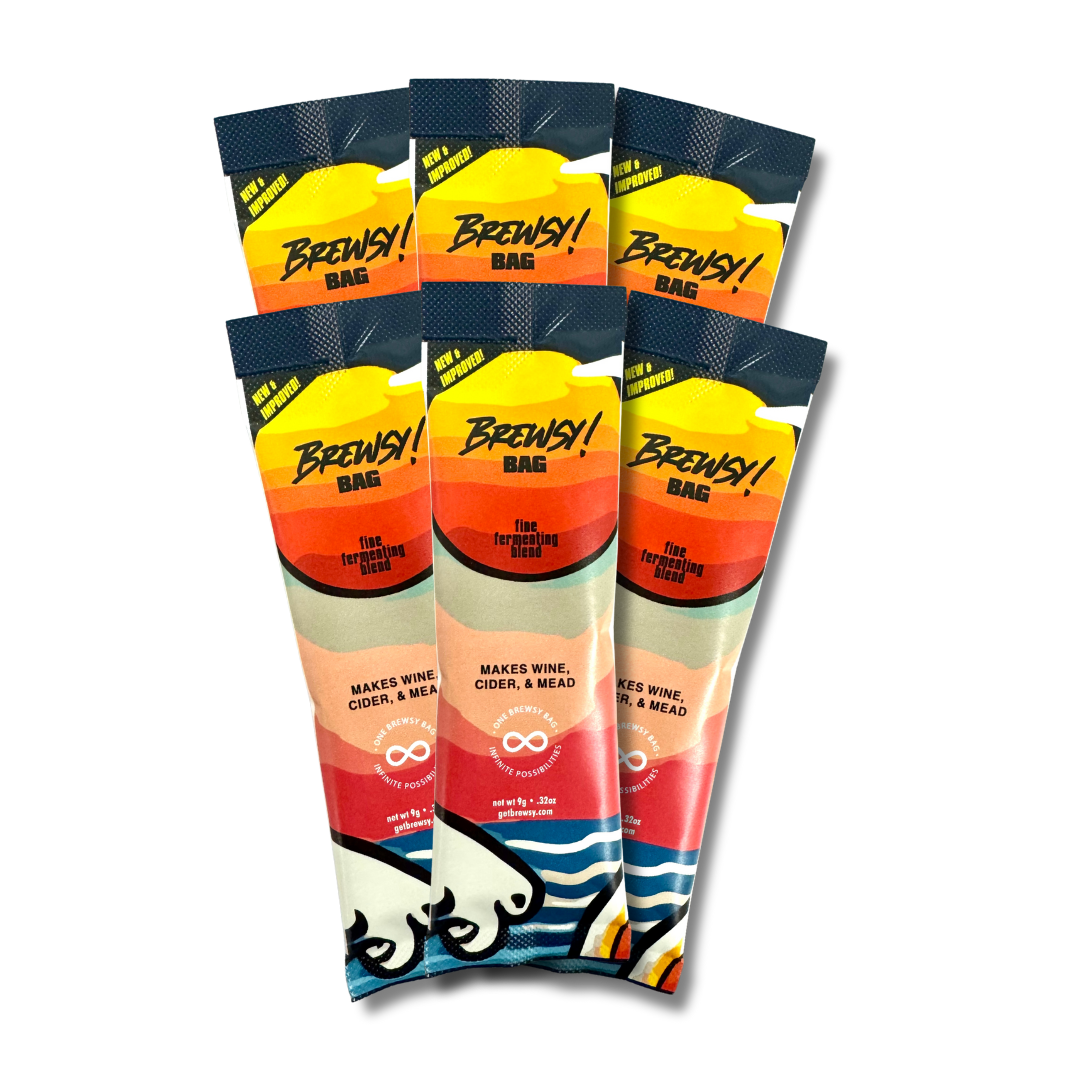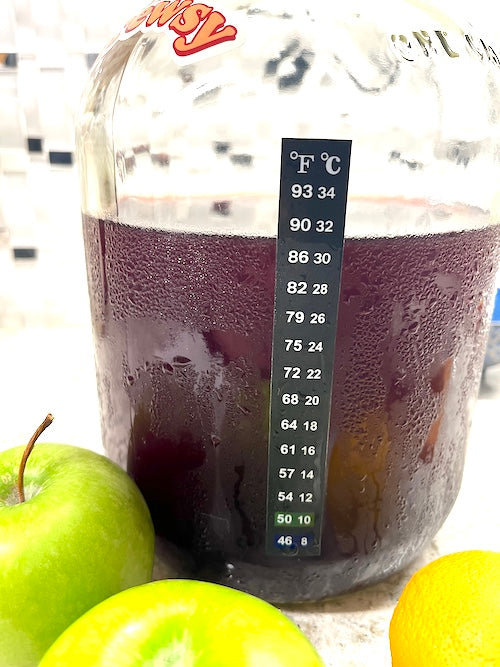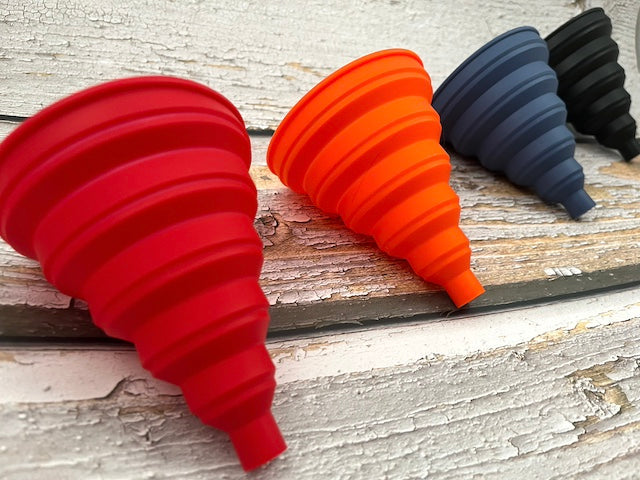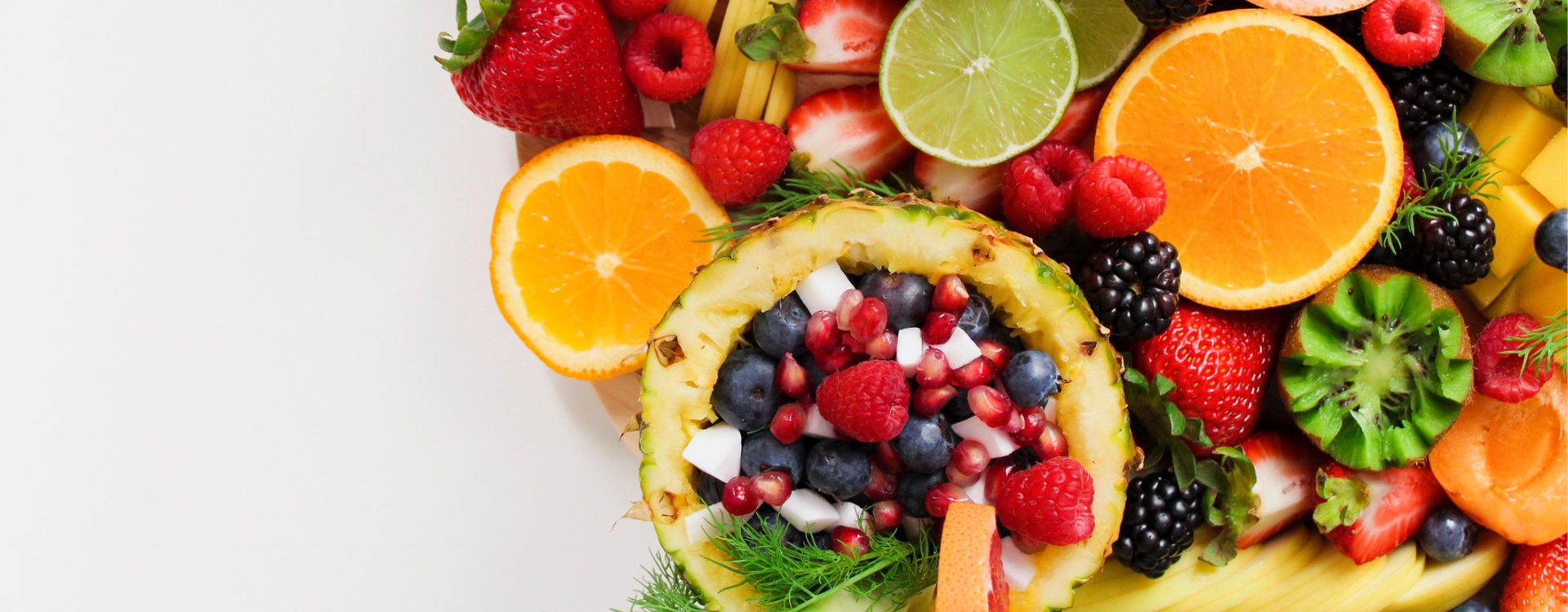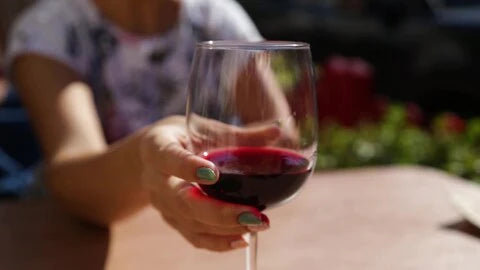
What Is Sangria?
Wine comes in a plethora of different styles, from red to white, Old World to New World, but it is undeniable that the world's most famous wines are Old World ones, specifically centering around the Mediterranean area as well as the Iberian peninsula, but there is a sort of variation that comes from Spain and Portugal, and that is sangria.
In short, sangria is an alcoholic beverage composed of red wine, specifically, and fruits, while often also including other ingredients as well as distilled spirits. Under European Union regulations, though, only Spain and Portugal can label their product as sangria as the name is a protected one.
What is the history of sangria?
Sangria, meaning "bloodletting" in Spanish and Portuguese owing to its color, can be traced back to the 18th century, but the exact origins of the drink remain a mystery. There is, however, a potential precursor to sangria called sangaree which hailed from the Caribbean, and was introduced to the US during the American colonial era, but had largely disappeared by the early 20th century. Although, by the late 1940's, Hispanic Americans as well as Spanish restaurants re-introduced it, and gained even more popularity during the 1964 World's Fair.
How to make sangria?
The base form of sangria remains the same all throughout Spain and Portugal as red wine with the addition of fruits, however, even in its native land, recipes can vary significantly with each region having its own variety.
From a traditional standpoint, sangria can be mixed with local fruits such as apples, peaches, or nectarines, however, global fruits such as pineapple is also common. From there, it is sweetened with juice, usually orange. The traditional wine used for this drink is the Spanish Rioja. There are other recipes, though, that call for brandy or sparkling water thereby either fortifying or carbonating it.
Another variation of the beverage, which is a more recent thing, is the sangria blanca which forgoes red wine and instead uses white wine. Dry white wines, specifically, are recommended because of the addition of sugar, fruits, or both.
As mentioned earlier, European Union laws protect sangria under geographical labeling rules similar to other wines such as in Italy or Portugal; port wine is an example of an EU-protected wine. Under these restrictions, only sangria made in Spain or Portugal can be labeled as such in the EU, thus, sangria made elsewhere must be labeled as such, e.g.: German sangria.
If you want to make your own sangria or sangria blanca at home, a great wine to initially make is one of Brewsy's reserves such as Cabernet Sauvignon which makes for a great red wine. From here, it is just a matter of adding whichever fruits you wish, from locally harvested apples to international options such as pineapples or mangoes. The choices are near-limitless.
Alternatively, you can also opt to make a sangria blanca by using a white wine instead. Another excellent option is a rosé-based sangria but instead of using a rosé wine a combination of red and white wine can also be done.
The beauty of making a sangria at home is that it is similar to winemaking in general in the sense options and choices are endless.

